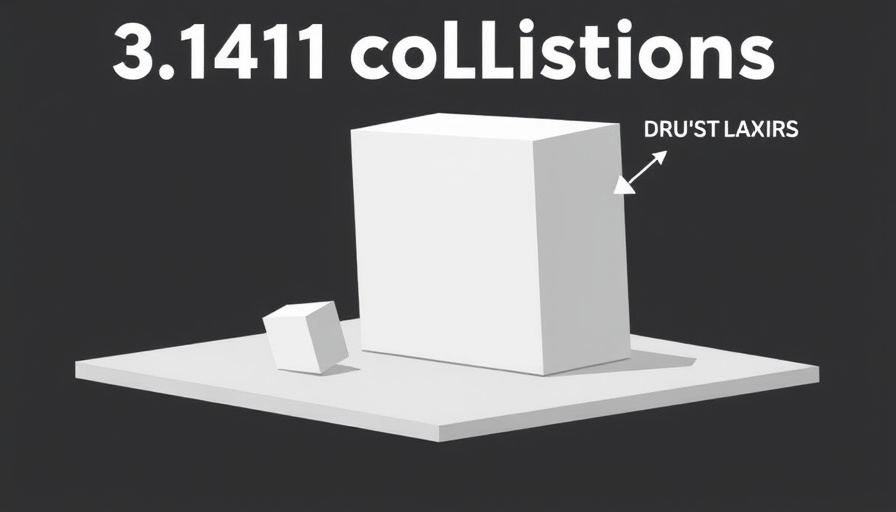
The Quantum Revolution: Understanding Grover's Algorithm
As we stand on the precipice of a technological revolution, the notion of quantum computing promises unprecedented advancements in various fields. It might seem daunting initially, but by demystifying key concepts like Grover's Algorithm, we can see just how much this technology can reshape industries, enhance creativity, and solve complex problems faster than ever.
In 'But what is quantum computing? (Grover's Algorithm)', the discussion dives into the essential concepts of quantum computing, showcasing the impressive capabilities of Grover's algorithm and its implications for various fields.
What Sets Quantum Computing Apart from Classical Computing?
The fundamental difference between classical and quantum computing lies in how information is processed. While classical computers rely on bits, which can be either 0 or 1, quantum computers utilize qubits, allowing for superposition—essentially enabling multiple states to occur simultaneously. This means a quantum computer can analyze numerous possibilities at once, providing a notable edge in computation speed.
Unpacking Grover's Algorithm: Simplifying the Search
Grover's Algorithm serves as a prime illustration of quantum computation's potential. It solves the search problem significantly faster than classical methods. In essence, if you were searching for a specific item among ‘n’ unsorted entries, a classical computer would take about O(n) attempts on average, while Grover's Algorithm enables quantum computers to narrow it down to approximately O(√n). This exponential speedup demonstrates the power behind quantum searching capabilities.
Why Misconceptions Around Quantum Computing Persist
Despite its advancements, many still hold misconceptions about how quantum computing works. A common misunderstanding is that these new machines can perform multiple computations at once purely through parallel processing. However, this oversimplified view fails to capture how quantum states, superposition, and manipulation through algorithms like Grover's drive the speedup. Engaging with these concepts at a deeper level enriches our comprehension and appreciation of the technology.
Imagine the Future of Problem Solving with Quantum Technology
The implications of Grover's Algorithm point to broader applications across fields such as cryptography, optimization, and even machine learning. For instance, its ability to find solutions quickly can lead to breakthroughs in data retrieval, enabling scientists and innovators to tackle pressing challenges at an accelerated pace. Imagine machines capable of predictive modeling or diagnosing diseases with unprecedented accuracy—all stemming from advancements in quantum computing!
Taking Action: Embracing Quantum Computing's Potential
As quantum technology continues to evolve, we, as curious consumers and creators, should stay informed and engaged with these developments. Consider starting to learn about quantum principles and experiment with programming quantum algorithms. Platforms like IBM Q Experience or Microsoft’s Quantum Development Kit offer resources and tools for hands-on learning as we march forward into this new era.
To conclude, the conversation around quantum computing may feel overwhelming, yet it holds the potential to transform industries, benefiting innovators and creators alike. Staying informed will enable us to shape the future with these groundbreaking technologies.
 Add Row
Add Row  Add
Add 




Write A Comment